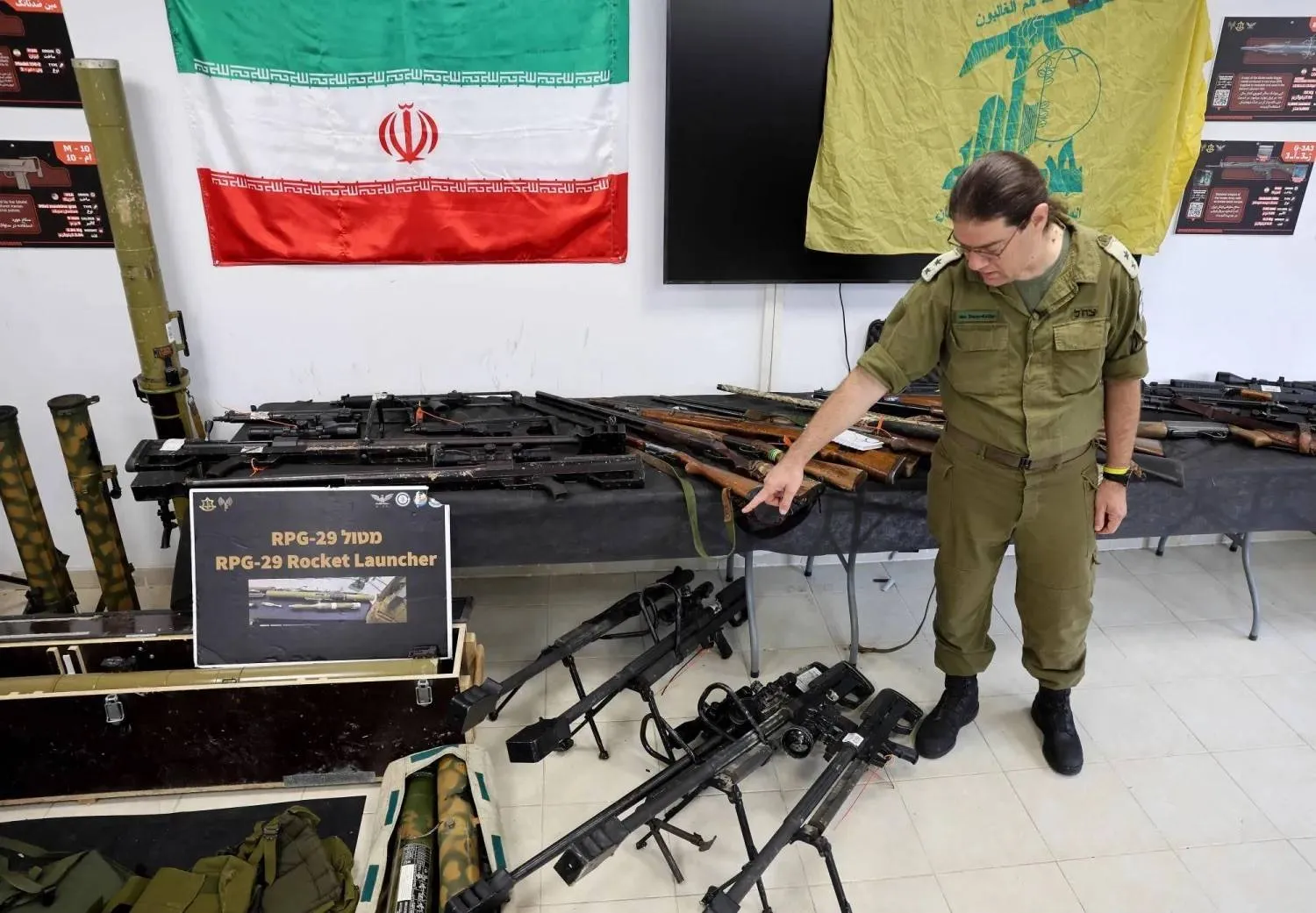The World Bank has launched a project to restore education in Yemen. It aims at facilitating the return of children to schools by providing incentives for teachers and meals for children as well as equipping and rehabilitating more than 1,000 schools across Yemen.
“More than 2.4 million school-aged Yemeni girls and boys are out of school, and about 8.5 million primary school-aged children need humanitarian assistance. About one-third of the population in Yemen needs food assistance and clothing. Food and other school-related expenses prevent many families from sending their children to school. Additionally, about a third of all education facilities have been damaged or destroyed,” the World Bank revealed in a report.
It confirmed that “Education is critical to unlock children’s potential and shape a brighter future for them and their country.”
Tania Meyer, World Bank Country Manager for Yemen, said: “It's an opportunity to break the cycle of poverty and conflict. Our education project is an investment in the future of Yemen.”
The objective of the Restoring Education and Learning Project (REAL) is to improve access to education and improve conditions for learning in Yemen. The project provides a school package to over 1,100 schools across Yemen that includes four key elements that are crucial for enrollment, attendance, and learning: (i) performance-based teacher payments and teacher training; (ii) distribution of learning materials and school supplies; (iii) rehabilitation of school infrastructure, including WASH; and (iv) school feeding.
The project is jointly funded by International Development Assistance (IDA) and the Global Partnership for Education (GPE), and it is implemented in partnership with the United Nations Children's Fund (UNICEF), the World Food Programme (WFP), and Save the Children, in close collaboration with Yemen’s Ministry of Education.
The REAL project reaches almost 600,000 children across seven Yemeni governorates.
It targets the most vulnerable districts, especially in areas that host many displaced people.
The school feeding program under REAL provides children with a nutritious midday school snack. The snack is enriched with micronutrients and vitamins, to address children’s needs throughout the long school day. Providing a snack in class is an incentive to get children back in the classroom.
“In Yemen, where the conflict has caused widespread disruption and devastation, too many children are left out of school and too many children leave primary school unable to read a simple text. Education is a necessity. It is the only way to empower the next generation with the skills, knowledge, and hope they need to build a better future for themselves and their community,” the report added.
“The impact of school feeding in Yemen simply can’t be understated. Millions of children here don’t have enough to eat, and hungry children struggle to learn and grow and thrive. This jeopardizes their chance at a healthy and productive life. The school feeding program is a game changer, giving children the calories and nutrients, they need to concentrate in class, to do well in school.”
“The World Bank REAL project also finances the healthy kitchen program, reaching 4000 children in poor neighborhoods in Aden with freshly prepared meals. The war has affected us all. It affected the rich, the poor, and everyone. It was difficult to send my children to school because of the cost of food, breakfast, transportation fees, and stationery,” according to Richard Ragan, the Yemen country director at World Food Programme.
Millions of people in Yemen are suffering from the compounded effects of violence, ongoing economic crisis, and critical funding shortfalls, resulting in high levels of food insecurity and lack of access to basic services, said Save the Children.
In 2022, the Humanitarian Response Plan for Yemen was only half funded, with children’s sectors among the lowest funded. Child protection received only 6.8 percent of the required funding and the education response plan only received 12.2 percent of what was requested.
"We struggle with extreme overcrowding. We have between 80 to 90 pupils per classroom.”
Save the Children’s Director of Advocacy, Campaigns, Communication, and Media Shannon Orcutt said: “The underfunding of the Humanitarian Response Plan in Yemen is nothing short of a tragedy for the children of this country. An estimated 4.5 million Yemenis have been internally displaced since the beginning of the conflict yet funding for camp coordination and management received less than 3 percent of the necessary funding. Half of the Internally Displaced Persons in Yemen are children, and this lack of funding has serious impacts.”









